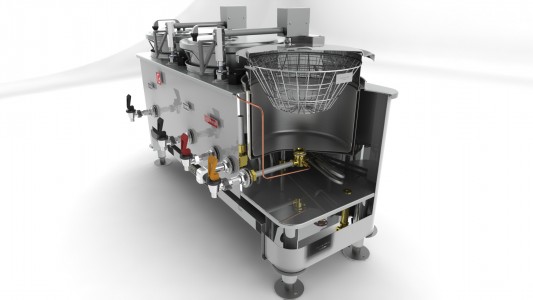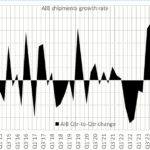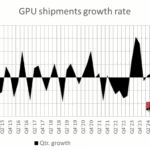Five rendering products were on display at SolidWorks World 2011. What’s behind each pretty picture?
At this week’s SolidWorks World 2011 user conference five different products for rendering were on display. Three of the products introduced new features or new versions at the show. All of the products can turn SolidWorks models into gorgeous images, at least to this untrained eye.
So, how does one go about comparing? We’ll start by introducing the players. In no particular order, the companies and products were:
- Luxology: Modo 501 and Studio Environment Set 1 Kit
- Luxion: Keyshot
- Bunkspeed: Shot PRO including Bunkspeed Cloud Solution
- Next Limit Technologies: Maxwell Render
- Dassault Systemes: SolidWorks PhotoView 360
The rendering engine
At the heart of any product that produces photo-realistic images there is a custom rendering solution, a software engine similar to the geometric kernel required by 3D CAD programs. Unlike 3D CAD geometry kernels, there are many rendering kernels on the market or available as open source. At SWW11 someone half-jokingly told me, “These days first year programmers in university are told to go write a rendering program.”
Of the five product at SolidWorks World, Luxology, Luxion, and Next Limit Technologies (NLT) have their own unique rendering engine. Bunkspeed uses technology from Mental Images, a subsidiary of Nvidia; Mental Images does not sell directly to consumers. SolidWorks PhotoView 360 uses Luxology technology.
The vendors and their products
The following vendors exhibited at SolidWorks World 2011:
Luxology introduced Studio Environment Set 1 (SES 1) Kit, a collection of high dynamic range (HDR) spherically mapped images that provide a source of interior lighting for architectural renderings, industrial design presentations, engineering visualization and packaging design. Since getting lighting settings ‘just right’ is crucial, this kit could help existing users of Luxology technology in SolidWorks PhotoView 360, Bentley MicroStation, and Luxology’s stand-alone 3D design and rendering product Modo 501. ($69 for the SES kit; $995 and up for Modo 501.)
- A professional coffee urn designed in SolidWorks, rendered in Luxology Modo 501. (Image courtesy Paul McCrorey at McCrorey Digital.)
Bunkspeed demonstrated Shot Pro including Bunkspeed Cloud Solution. Shot Pro has a custom import tool for SolidWorks models. Of the products listed here, it is the only one to offer cloud-based rendering; Bunkspeed believes it is a significant differentiator.
While some rendering programs come with myriad settings to control lighting, materials specifications, and other setting, Shot is simple in operation, with not much more than tools for positioning the model and capturing the results of the rendering. Bunkspeed calls Shot a “virtual digital camera” that uses interactive ray-tracing to create photographic-quality images without resorting to custom settings.
The specialists at Mental Images (the provider of Bunkspeed’s rendering technology) claim they have achieved rendering’s ‘final solution,’ in that there is no more work or research to do in regards to rendering. (Whether or not the claim is true is beyond the scope of this article.) The research now, they say, is in making it go faster. To that end Bunkspeed works with Nvidia GPUs to apply as much processing horsepower to a render as the user can afford.
To advance the cause of rendering speed even further, the Bunkspeed Cloud Solution made its public debut at SolidWorks World. Running in an NVIDIA GPU-based cloud environment, Bunkspeed Cloud Solution uses the RealityServer 3D web application services platform from Mental Images. The Solution provides hardware resources that dynamically scale based on utilization requirements. In addition to distributing the rendering work load, it also provides web-based tools for project viewing and reviewing.
Recent SolidWorks-specific improvements in Shot include the ability of assemblies with hidden and compressed parts to maintain status when imported, and support for the 64-bit versions of Windows XP/Vista/7.
Shot Pro is $3,495 for Windows. The Bunkspeed Cloud Solution will be released within the next three months; pricing has not yet been set.

Luxion demonstrated its rendering product KeyShot 2 and presented a preview of a new plug-in for SolidWorks.
New features in KeyShot 2 include native import data from SolidWorks 2011 and prior releases; a faster import pipeline; complete preservation of a CAD model’s part and assembly structure; and support for a wider range of CAD products including Catia V5.
The new KeyShot 2 plug-in for SolidWorks, to ship with Keyshot 2.2 by the end of February 2011 (correction: the new Keyshot 2 plug-in for SolidWorks is now shipping), improves interoperability with SolidWorks. It will allow users to establish an associative link between KeyShot and SolidWorks, so that users can push design changes to KeyShot to replace an existing model automatically without changing material assignments and environment settings.
KeyShot 2 comes in two version. The standard version ($995) offers 2.1 megapixel maximum real-time resolution or 4.1 megapixel offline rendering. The pro version ($1,995) offers unlimited real-time resolution and unlimited offline rendering resolution.
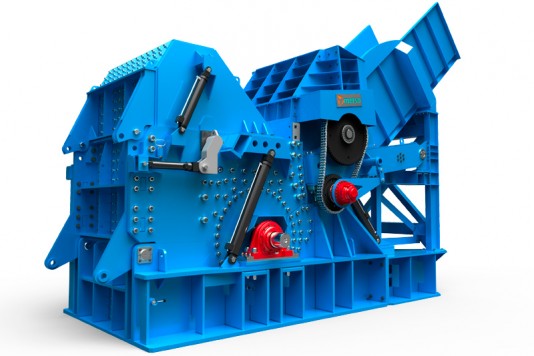
Next Limit Technologies (NLT) displayed their Maxwell Render and an add-in for SolidWorks. While all the vendors call themselves the best and freely use superlatives in their marketing literature, NLT is the most aggressive. Their listing in the SolidWorks World show guide claims “Maxwell Render does not use tricks to imitate real world behavior like other render software.” The user interface is a geekfest of settings, designed for professional use by people who spend most of their day getting the image Just Right.

SolidWorks PhotoView 360 was first introduced in SolidWorks 2010, released in 2009. It is the replacement to PhotoWorks, the rendering software of older versions. Both PhotoView 360 and PhotoWorks are based on Luxology technology.
PhotoView 360 is designed to be a mainstream tool for rendering SolidWorks models. “Our goal is to deliver a high-quality result without complications,” notes Dassault’s Shaun Murphy, product manager for CAD products at SolidWorks. “We make rendering mainstream; our partners take it to another level.”
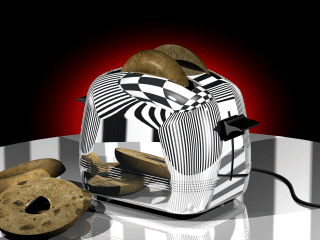
What we think
The more one explores rendering technology, the more it looks like Alice’s rabbit hole. All we’ve done here is share what’s new with the vendors who attended SolidWorks World. A head-to-head comparison of features, capabilities, and results would fill a small book.
If you are a SolidWorks user who feels constrained by PhotoView 360, you absolutely have to examine each of these rendering products for yourself before making a purchasing decision. Bunkspeed Shot Pro with the cloud solution is the only one of these products offering a “built-in” GPU-equipped cloud server (access comes with purchase); this could be a significant advantage if you have a high volume of rendering work or have fewer images to render but need extreme definition.

